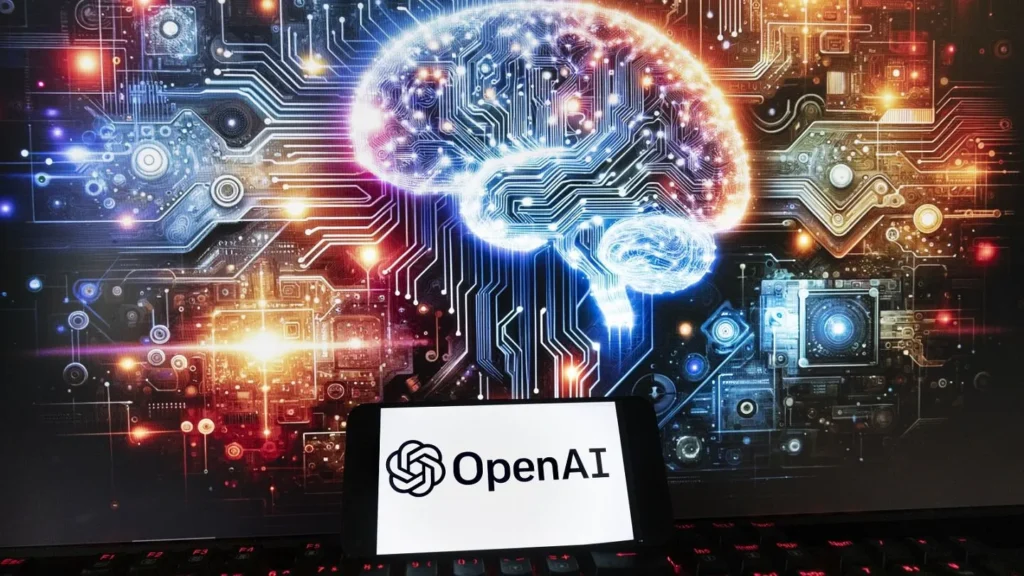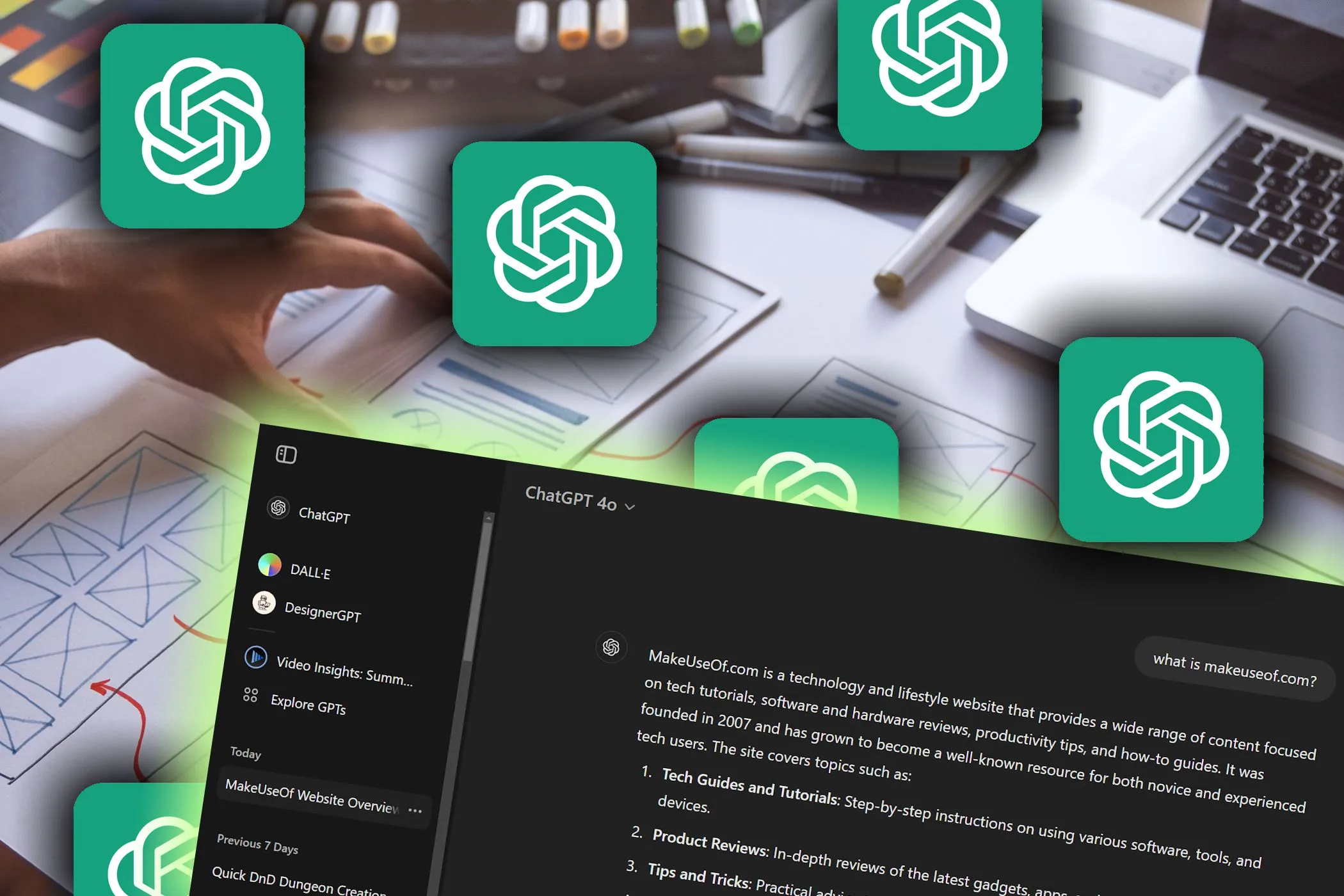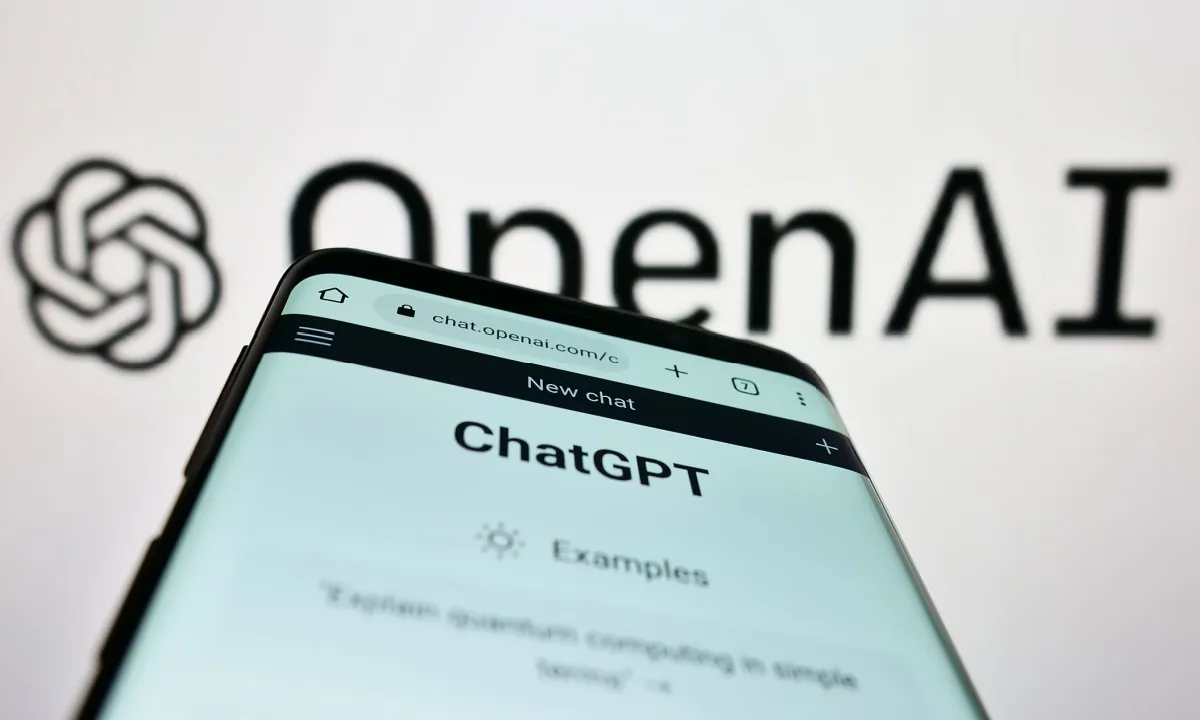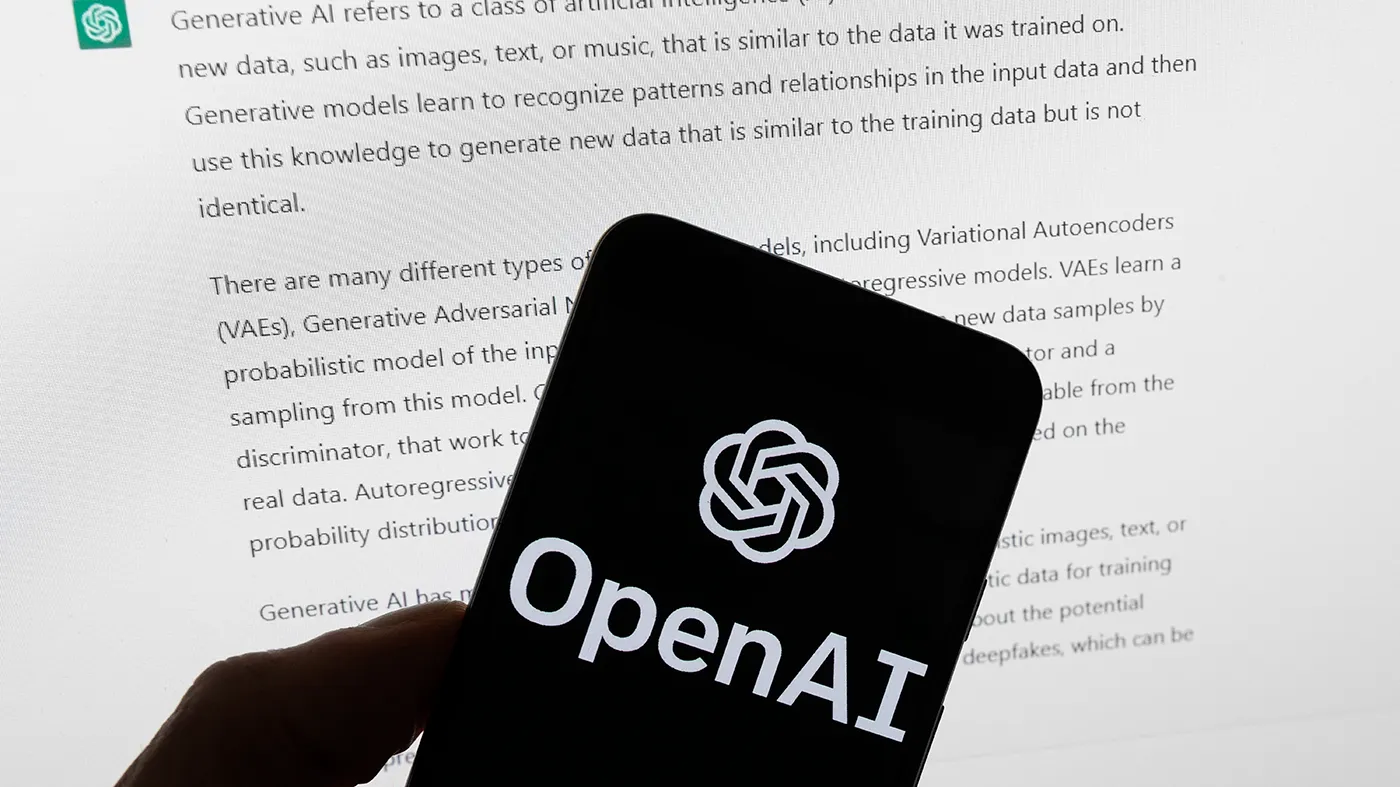
OpenAI is taking another bold step forward by integrating advanced image generation directly into ChatGPT. Dubbed “Images in ChatGPT,” this feature allows users to create images seamlessly through the platform using GPT-4o, marking a significant leap in AI-powered creative tools.

A New Era in AI Image Creation
Starting today, ChatGPT users, from those on the free plan to ChatGPT Plus and Pro subscribers, can generate images with just a prompt. The launch of this new feature is a milestone for OpenAI, expanding the scope of what can be created and shared within the chatbot interface.
The introduction of this image generation tool isn’t just about providing a new feature; it’s about pushing the boundaries of AI capabilities. OpenAI’s spokesperson, Taya Christianson, highlighted that the free tier will follow a usage limit similar to DALL-E, though specific limits will evolve over time based on demand. As for DALL-E’s future, OpenAI reassured users that DALL-E access would still be available through custom GPTs.
The Technology Behind the Magic
“This model is a step change above previous models,” said Gabriel Goh, a research lead at OpenAI, in an interview with The Verge. The key to the power of this new feature lies in GPT-4o’s “omnimodal” model, which can generate various forms of data, including text, images, audio, and video.
One of the most significant improvements is the system’s ability to bind attributes and objects accurately. This is crucial when generating images with multiple elements, where maintaining the correct relationships between items—like color and shape—has historically been challenging for AI image generators.
For instance, when tasked with generating an image of a blue star and a red triangle, traditional models might mix up the colors or fail to produce both objects accurately. With the new system, GPT-4o can handle up to 15 to 20 objects in a single image, ensuring the relationships between attributes are maintained flawlessly. This represents a massive leap in both reliability and precision, taking AI-generated imagery closer to real-world expectations.

Text Rendering and Multi-Object Generation
Along with improvements in object binding, users will notice a substantial boost in text rendering capabilities. Creating images with coherent text has often been a weak spot for previous AI models, leading to garbled or unreadable text in generated images. OpenAI’s solution has been to use an autoregressive approach that builds the image sequentially, much like how text is written, which improves the accuracy and reliability of text within images.
“The process of refining this took many months,” said Goh, describing how the team iterated over time to get the text rendering right. While minor errors may still occur, such as in tiny text elements, the overall improvement means that text is now usable in most cases.
Practical Applications of AI-Generated Images
The new image generation system doesn’t just promise creative possibilities for digital artists or content creators—it also opens doors for practical uses. OpenAI demonstrated how the tool could be used for educational purposes, like generating accurate scientific diagrams (such as Newton’s prism experiment) with all components correctly labeled. Additionally, it could produce multi-panel comics featuring consistent characters, making it a game-changer for creators and designers across multiple industries.
Users can also create professional-quality images for practical applications such as restaurant menus, logos, and stickers, all with transparent backgrounds—a key feature for graphic designers.
Keeping It Safe: Safeguards and Ethical Concerns
With great power comes great responsibility, and OpenAI is fully aware of the potential risks associated with AI-generated images. The company has put safeguards in place to prevent misuse of the new tool, addressing concerns about deepfakes and inappropriate content. For example, the system blocks the generation of sexual deepfakes and refuses requests related to child sexual abuse material (CSAM).
Moreover, OpenAI has implemented robust metadata tagging through the C2PA standard, ensuring that every image generated is marked with its origins from OpenAI, offering an extra layer of transparency. However, the company recognizes that no system is foolproof, and continues to work on improving these safeguards to prevent harmful content generation.
The User’s Creative Freedom
One of the most appealing aspects of this new feature is the ownership and flexibility it grants users over the images they create. According to Jackie Shannon, ChatGPT’s multimodal product lead, users will have full ownership of their generated images, and they are free to use them as they see fit—within the bounds of OpenAI’s usage policies.
“Ultimately, no system is perfect for this type of thing, but we’re continuously improving our safeguards and we think of this as a starting point,” Shannon emphasized, reflecting the company’s commitment to evolving the feature while maintaining a user-focused approach.

A Glimpse Into the Future of AI
The launch of “Images in ChatGPT” is just the beginning of a new chapter in AI development. With capabilities that extend beyond mere text generation, this tool gives users a powerful and accessible way to create images from scratch, all while pushing the limits of what AI can achieve. Whether you’re a content creator, educator, designer, or just someone curious about the capabilities of generative AI, this new feature opens up a world of possibilities.
As OpenAI continues to fine-tune its models and improve safeguards, the potential for AI-generated content grows even brighter. This move is a clear indication of how AI can revolutionize creative industries, offering exciting new ways to express ideas and share knowledge. With better image generation capabilities and a commitment to ethical usage, OpenAI’s “Images in ChatGPT” is one to watch as it evolves and transforms the landscape of AI-driven creativity.
